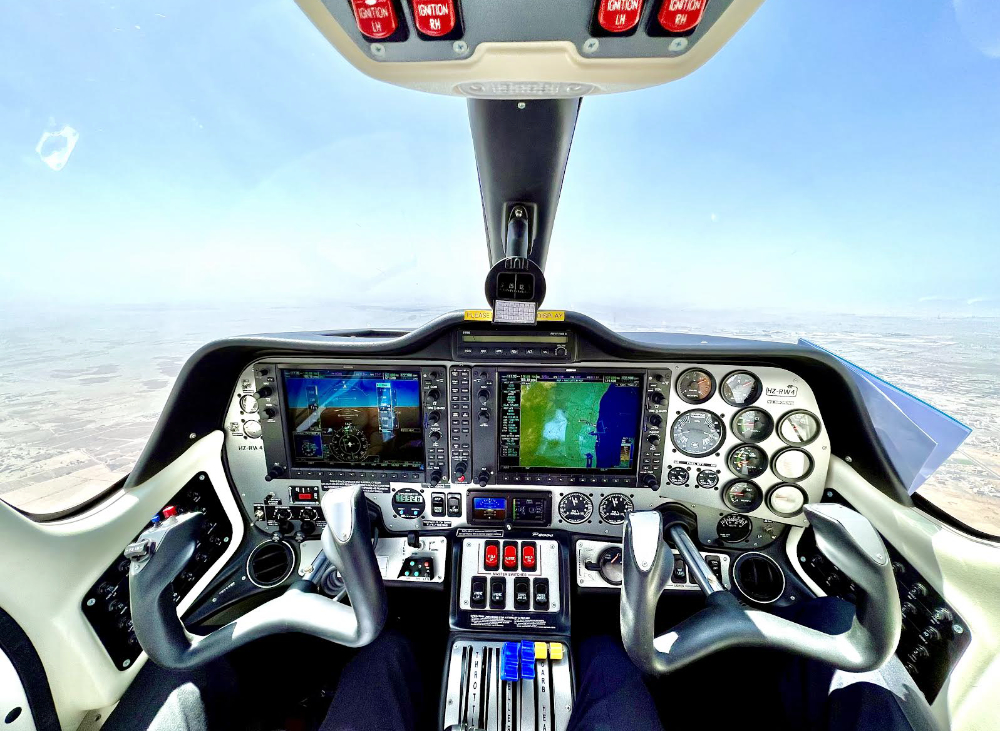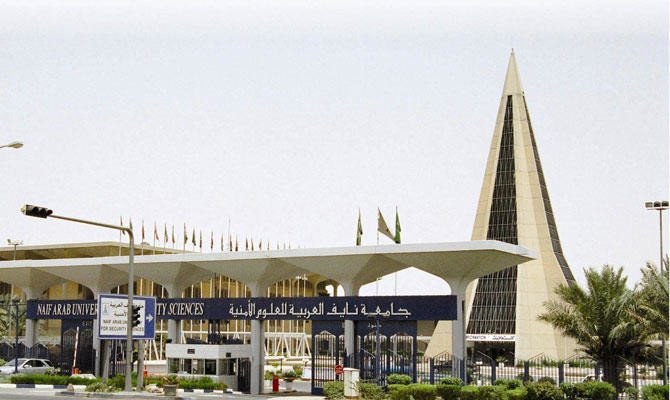RIYADH: The phrase “private aviation” conjures up images of billionaires in Lear jets hopping between Monte Carlo and the Bahamas – but entry into this world is surprisingly affordable and accessible, especially in Saudi Arabia.
The proliferation of private aviation academies in the Kingdom has paved the way for ordinary men and women to obtain a Private Pilot License (PPL) in months – allowing you to fly for sport and recreation with few passengers, but not for commercial purposes.
Captain Abubakar Mohamed, chief ground instructor at Rabigh Wings Aviation Academy just north of Jeddah, explained the procedure.
“You must be at least 17, preferably with a high school diploma, and the first requirement is an English placement test, in which you must achieve at least four out of six levels.
“You need a criminal record check as well as a medical test and a drug test, which are carried out at certain specified clinics authorized by GACA.
“Once everything is in order, you are enrolled in the private pilot course, which includes 60 hours of ground school — which is the theoretical aspect.
HIGHLIGHT
The whole process of obtaining a private pilot license takes three to four months, with a total cost of around SR60,000 ($16,000), including the exam fee.
You are then ready to take flight. There is a minimum of 35 hours of flight training, first with an instructor and then solo. Trainees learn to take off and land on short, grassy runways, and to fly at night. Other exercises include stalling and restarting your aircraft in flight.
“The idea is to prepare you for GACA standards,” Mohamed said, “because they are the ones who give you the final oral, written and practical exams and issue your licence.
It’s not just about getting the license – it’s the journey, and that’s what you should enjoy. We have an expression in Arabic: “Fly with happiness”. And we are literally flying with happiness!
Captain Islam Saeed Gwayed, Safety and training manager at the Saudi Aviation Club of Thamamah
The GACA written exam is a computerized multiple-choice quiz, followed by the final GACA assessment of your piloting ability.
The whole process takes three to four months, with a total cost of around SR60,000 ($16,000), including the examination fee.
You can choose to study the required information on your own, with online materials, and proceed directly to the GACA written exam. It’s a cheaper option but lacks the immersive experience of a real classroom with a professional tutor – and the camaraderie of your fellow trainees.
Some academies also offer sport aircraft license training, allowing pilots to fly a small sport aircraft with a maximum total payload of 600 kg including pilot and passenger. It only requires 20 hours of supervised, solo flight time – but again, it lacks the deep immersion of the full PPL course.
After passing your GACA written and practical exams, you will be the proud holder of a PPL – allowing you to fly a light single-engine aircraft.
Other types of aircraft, for example seaplanes and twin-engine aircraft, require more advanced qualifications. Also, a PPL only allows “visual flight rules”, which means you are not allowed to fly in low visibility conditions. Flying in severe weather conditions requires an instrument rating, with additional training and testing.
While most trainees see PPL as a stepping stone to a career as a professional pilot, many simply aspire to fly as a fun and adventurous weekend sport.
But Captain Islam Saeed Gwayed, head of safety and training at the Saudi Aviation Club in Thamamah, just north of Riyadh, sees piloting as life-enhancing in several ways.
“First, when you’re at the controls of an aircraft, you’re 100% in the moment and disconnected from all your day-to-day problems and stresses.
“Second, it adds to a person’s leadership and decision-making. Flying an airplane comes with a big responsibility and it all depends on you as the pilot.
“Thirdly, you learn a lot about the weather conditions, the meteorology, the landscape as well as all the technical aspects of the plane and the operation of the airports. And when you witness the world from a cockpit, it’s a very different perception of reality.
“Finally, it’s a hobby that can lead you to another hobby – so if you want to play golf in Taif or go diving in Yanbu, you can just get on your plane and go.”
Buying an airplane doesn’t have to cost you millions. Used sport planes (such as the four-seat Cessna Skyhawk 172) are available for as low as SR250,000 – with shared ownership making it even more affordable.
Mohamed recommends Saudi Arabia as a great place for private piloting, “because a lot of the airspace has relatively fewer restrictions than, say, London, where you have Heathrow, Stanstead, Gatwick airports. and Luton, and all the military bases. Flying there and back can be a real challenge there, with so much air traffic.
“Here, there is a greater choice of flight paths that you can use. And it’s a big country with a real variety of destinations. There’s nothing quite like seeing the Kingdom from the air.
Gwayed has advice for aspiring private pilots: “Enjoy it!”
“Some students say, ‘I want to finish the course, I need to get the license.’ But I tell them, ‘Relax and take your time. You’ll probably learn more because you won’t be so stressed about getting the actual qualification. It’s not just about getting the license. – it’s the journey, and that’s what you should enjoy.
“We have an expression in Arabic: ‘Fly with happiness.’ And we are literally flying with happiness!

